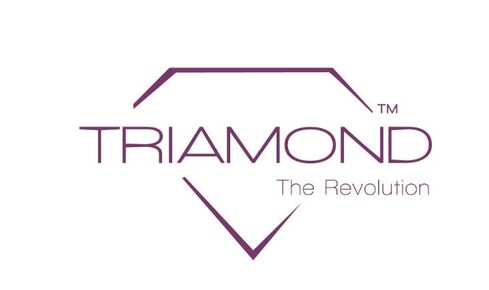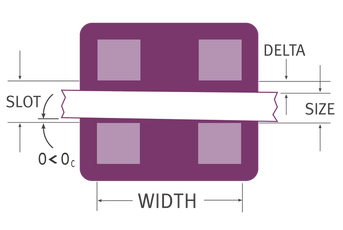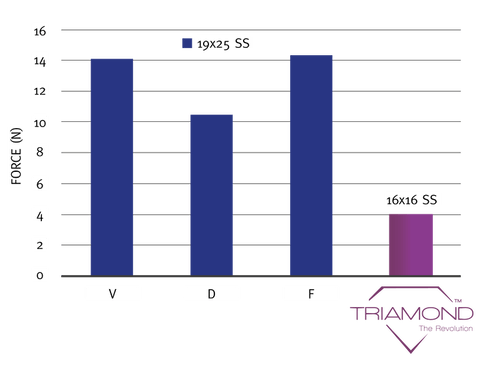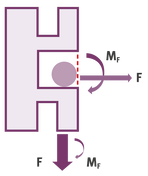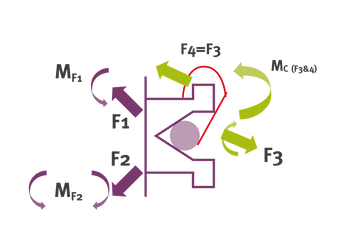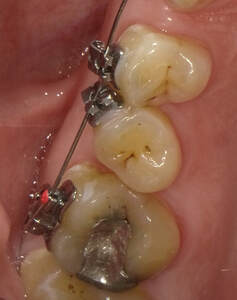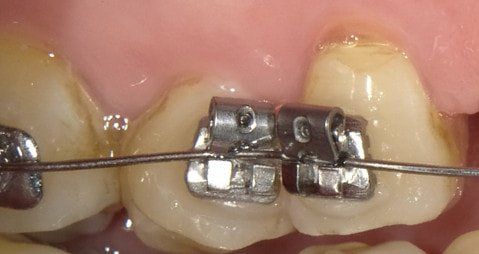is a system made for today’s orthodontic team. It is a light wire technique which places in the hands of the modern practitioner the successor to Edgewise called Wedgewise. The unique geometry and interplay of the TRIAMOND™ bracket slot, arch wire and vector technology clip combine to simplify the delivery of treatment while removing the roadblocks inherent to older techniques. This easily delegatable revolutionary appliance will elevate your clinical experience due to its intuitive and simple application requiring less tools and fewer wires (2).
The predictable and more efficient nature of tooth movement unique to the TRIAMOND™ system will have an amazing impact on your clinic workflow and treatment duration
